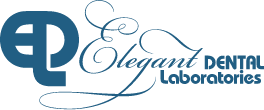Revolutionizing Dental Prosthetics with the ZX-27 Attractive Glass Abutment System

Redefining Prosthetic Dentistry
The ZX-27 system represents a paradigm shift in prosthetic dentistry, offering a unique solution for patients who may not be candidates for traditional fixed dental prostheses or implants. At the heart of this system lies the ZX-27 glass abutment, a special material meticulously crafted to adhere seamlessly to the alveolar arch mucosa, effectively replacing missing pillar teeth without the need for surgical anchoring.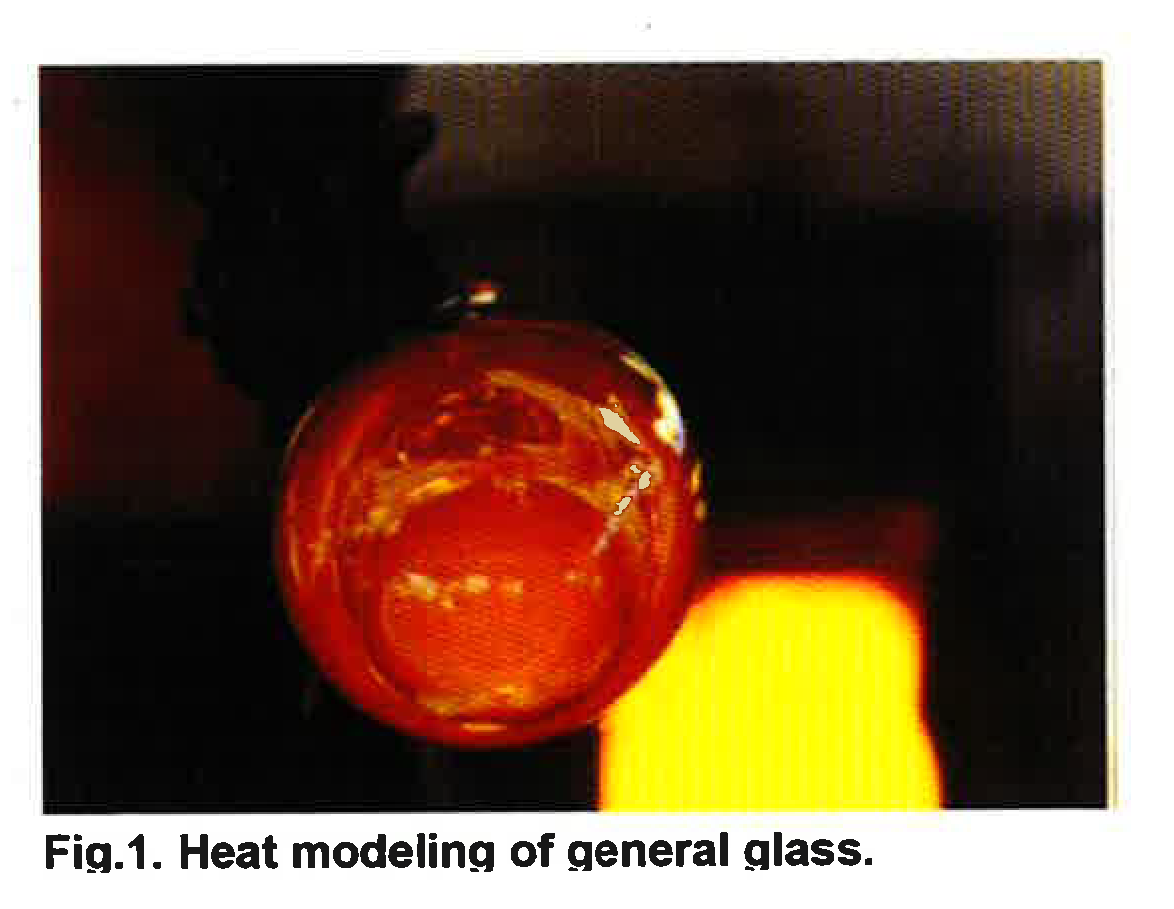
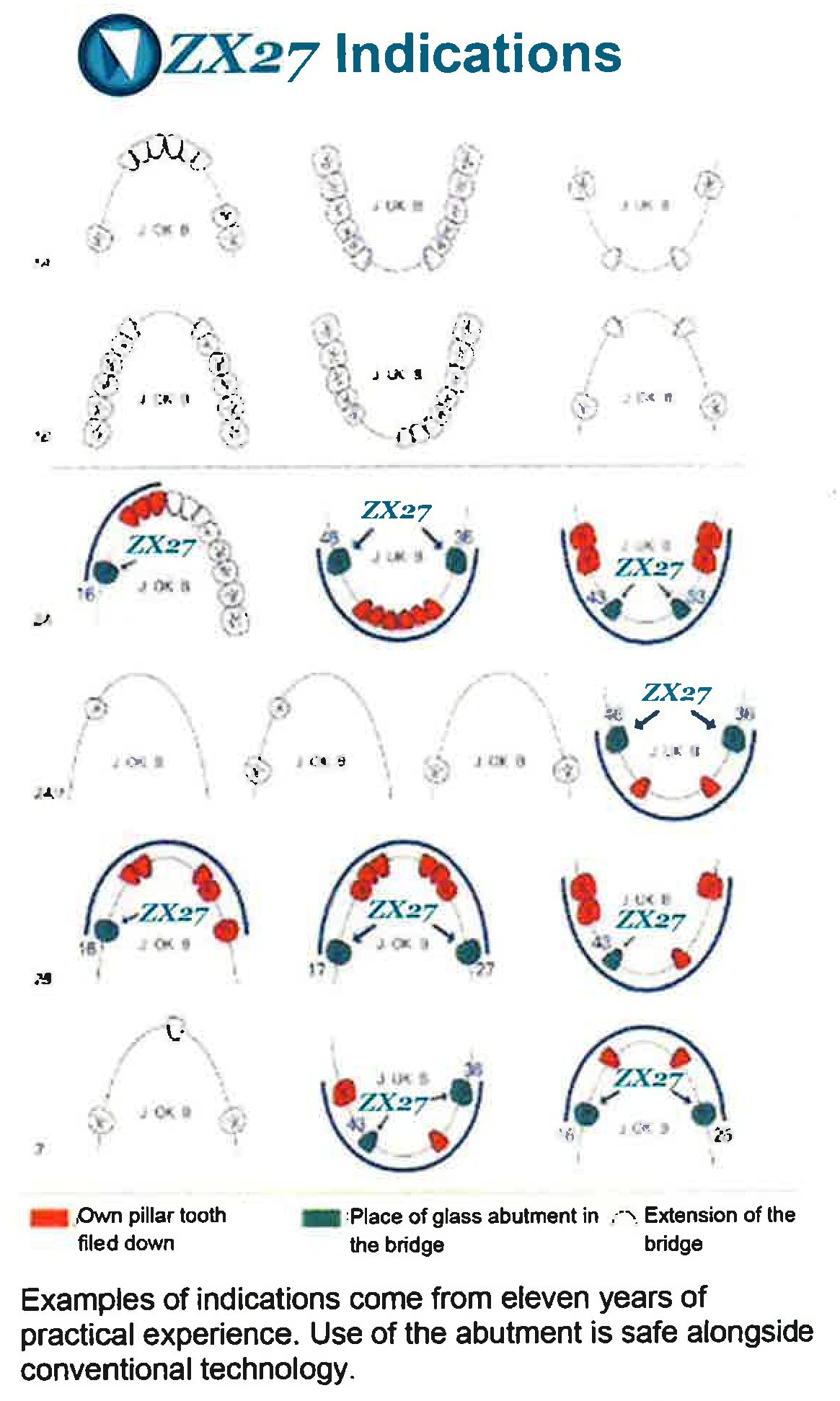
Advantages of ZX-27 Glass Abutments
What sets the ZX-27 system apart is its ability to address the challenges associated with traditional prosthetic solutions. Unlike conventional prostheses that rely on existing teeth or implants for anchorage, ZX-27 glass abutments offer a non-invasive alternative that eliminates the need for surgical intervention. Moreover, ZX-27 abutments are fabricated from a specially formulated glass material that ensures optimal fit, durability, and biocompatibility.
Scientific Validation and Certification
The efficacy of the ZX-27 Attractive Glass Abutment System is backed by years of scientific research, clinical trials, and certification. With ISO 9002 certification, CE European Quality Mark, and FDA approval in the United States, ZX-27 has earned recognition for its quality, safety, and effectiveness.
Pathological and Static Analysis
Pathological studies have revealed that the mucosa underneath ZX-27 glass abutments undergoes adaptive hyperkeratosis, a benign response that does not pose any long-term risks. Additionally, static analysis has demonstrated the superior load distribution capabilities of glass abutments compared to traditional free-end bridges, highlighting their role in enhancing prosthetic stability and longevity.
Patient Satisfaction and Testimonials
Perhaps the most compelling evidence of the ZX-27 system’s success lies in the testimonials of satisfied patients. With a 100% positive response rate in patient satisfaction surveys, it’s clear that ZX-27 glass abutments are not just a dental solution but a life-changing innovation for many.
Addressing Common Concerns
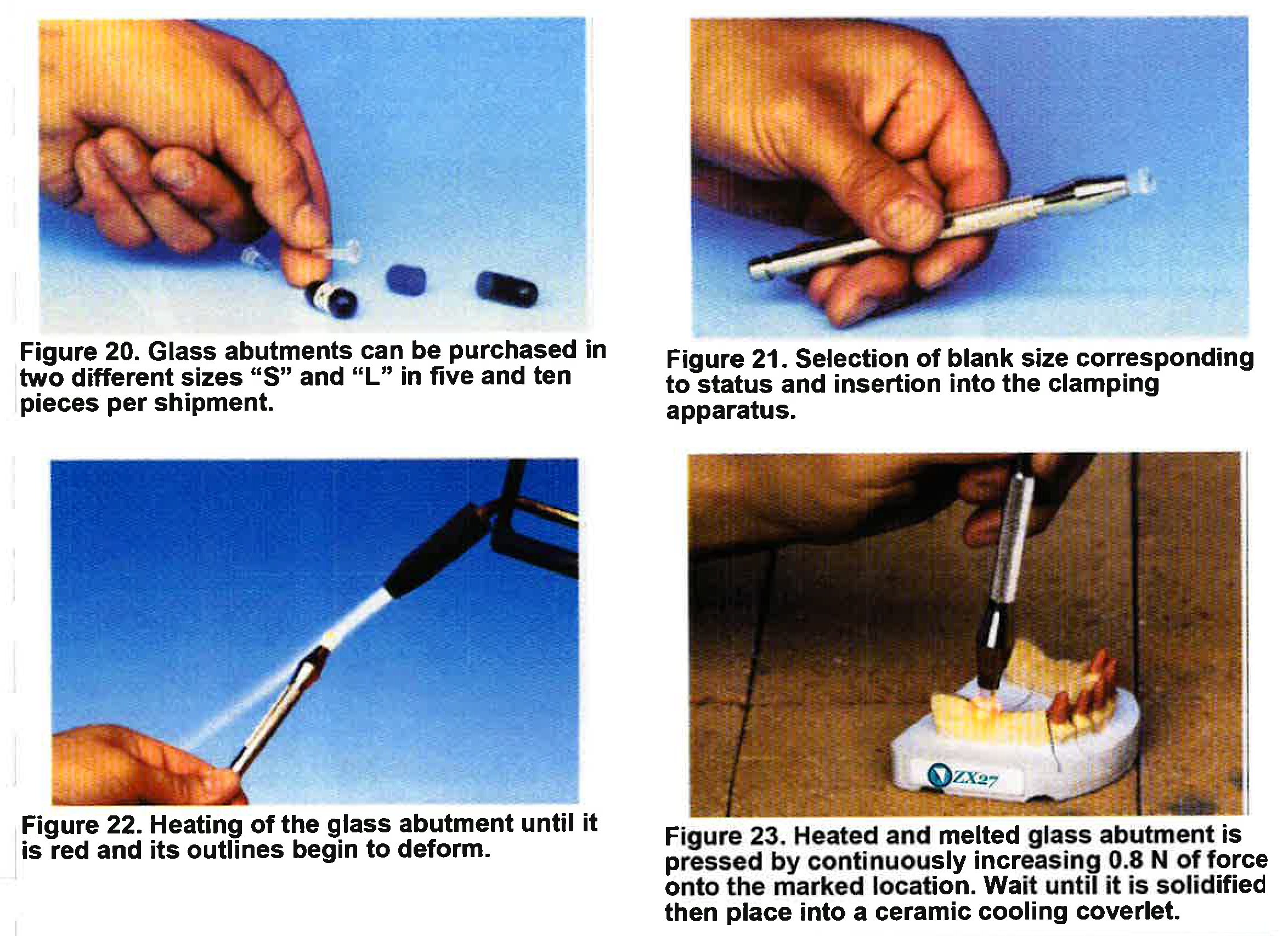
The ZX-27 system addresses common concerns surrounding dental prosthetics, including issues related to vacuum formation, bone resorption, soft tissue irritation, hygiene maintenance, and more. Through rigorous testing and research, the system has proven to be safe, effective, and compatible with a wide range of patient needs.
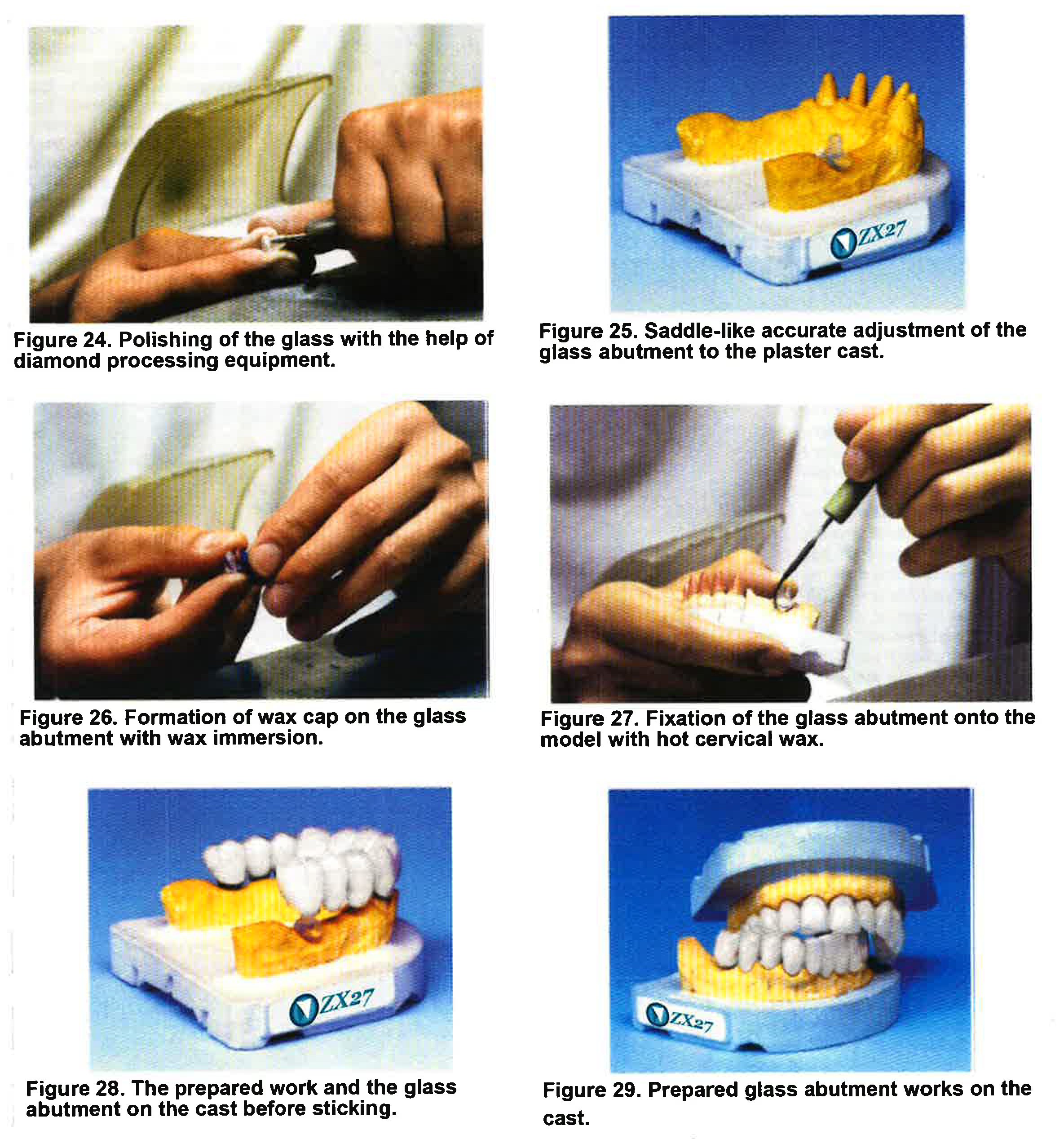
Frequently Asked Questions.
- 1. Does the vacuum create by the glass abutment system cause ischemia? No, Due to the micro-movement of the glass abutment which will massage the mucosa and enhances the blood circulation, moreover, it is not very powerful vacuuming system, it is just enough to ensure the stability of the bridge. 2. Will the glass abutment cause bone resorption? No, on the contrary, the glass abutment causes bone regeneration by the stimulation of the osteoblastic activity as long as increasing the calcium content of the bone. 3. Will the glass abutment cause soft tissue irritation? No, the glass abutment is a homogenous, smooth material that causes no mechanical irritation of the underlying tissues in addition to that is the self-cleansing mechanism. 4. How to maintain the hygiene under the glass abutment (food impaction, cleaning … etc.)? First, due to the tight contact between the glass abutment and the underlying mucosa, no food impaction can take place. However, accumulation of plaque is also not favorable because of the self-cleansing mechanism, homogeneity, and smoothness of the material. 5. How many pontics the glass abutment can tolerate? There is no specific figure, but it depends on the system’s main principle which says; the number of missing teeth should equal the number of natural teeth abutments (preparations), for example: if the first and second molars are missing, first and second premolars should be prepared as natural teeth abutments, and the glass abutment is always placed under the last posterior tooth. 6. What is the prognosis of the glass abutment supported FPDs.? It depends on accuracy of case selection and the quality of the natural teeth abutments. According to the studies, the glass abutment supported bridges lasted for 12-15 years. But generally, the prognosis is same as any conventional FPD. 7. What is the difference between the conventional cantilever bridge and glass abutment supported bridge? The significant difference is the forces distribution. It distributes the loads all over the alveolar ridge and the units of the bridge not only on the natural teeth abutments. The forces take an arch-shape spread all over the bridge area. While the open-end cantilever has all the forces concentrated on the natural teeth abutments only. Moreover, many features come with the massaging effect of the glass abutment system that is not present in conventional cantilever like bone regeneration and self-cleansing mechanisms. 8. Is it possible to use this system in the anterior region? Yes, with a very good esthetic as it can be covered with ceramic. 9. Is it possible to replace a single tooth only depending on the system’s vacuum concept without preparing the adjacent natural teeth? No, the vacuum system is designed for stabilizing and hygiene purposes only. 10. Is it possible to be used in the replacement of a single tooth by preparing one adjacent tooth only to construct a two-unit bridge? No. Because of the approximation to the interdental papilla that may end up in irritation and resorption. Moreover, the minimum number of prosthetic units to be used with the glass abutment system is four to ensure good stability. 11. Is it possible to be place mesial to the edentulous area? No, it should be always the last posterior to have a good stability and to be away from the interdenta1 papilla. But the only exception is in the cases of supporting long span bridges. 12. Is it possible to put two glass abutments in the same bridge? No, because the distribution of loads is optimum to activate the bone regeneration mechanism over one glass abutment only. Otherwise, the forces will be distributed over a bigger surface area and end up in bone resorption. 13. Is there any special impression material or special impression technique? No, the normal balanced impression techniques and materials. 14. Could it be applied to diabetic patients? Yes, as it causes no periodontal problems and needed no surgical intervention. 15. What is the cost of this system? Comparatively cheap. 16. Is it possible to place two glass abutments supported FPDs opposite to each other. Yes! 17. Is it possible for the opposing dentition to be removable dentures or conventional FPDs? Yes! 18. What is the glass abutment (ZX-27) made of? Thermo-glass plastic material (borosilicate), neutral, chemical resistance material and withstand pressure and shearing power. 19. How to fix the glass abutment inside the bridge? By either zinc phosphate or zinc polycarboxylate but not the GIC as it has some unfavorable reactions with the glass material. 20. What type of bridge construction materials should be used with the glass abutment system? Almost all: PFM, precious material, ceramics, and zirconia. 21. Can be used with implants? The glass abutment system can also be used in association with implants with caution. As a scientific fact, the implants are rigid inside the bone which gives no range of movement during the mastication. Natural teeth and the glass abutment have micro movement in response to mastication forces due to the soft tissue pad. So, Glass abutment/implant supported FPDs could be critical since there is a discrepancy in the force’s absorption mechanism. However, many cases have succeeded.
Conclusion: A New Era in Prosthetic Dentistry
In summary, the ZX-27 Attractive Glass Abutment System represents a new era in prosthetic dentistry, offering patients a revolutionary solution that combines aesthetics, functionality, and patient comfort. With its non-invasive approach, superior performance, and extensive scientific validation, ZX-27 is poised to transform the landscape of dental prosthetics for years to come.
Ready to elevate your dentistry game?
Contact us today for more information:
Customer Support: (877)335-5221
Email: info@elegantlab.com
Visit our website: https://elegantlab.com/
We’re excited to be your partner on this digital dentistry journey. Let’s create smiles together!




